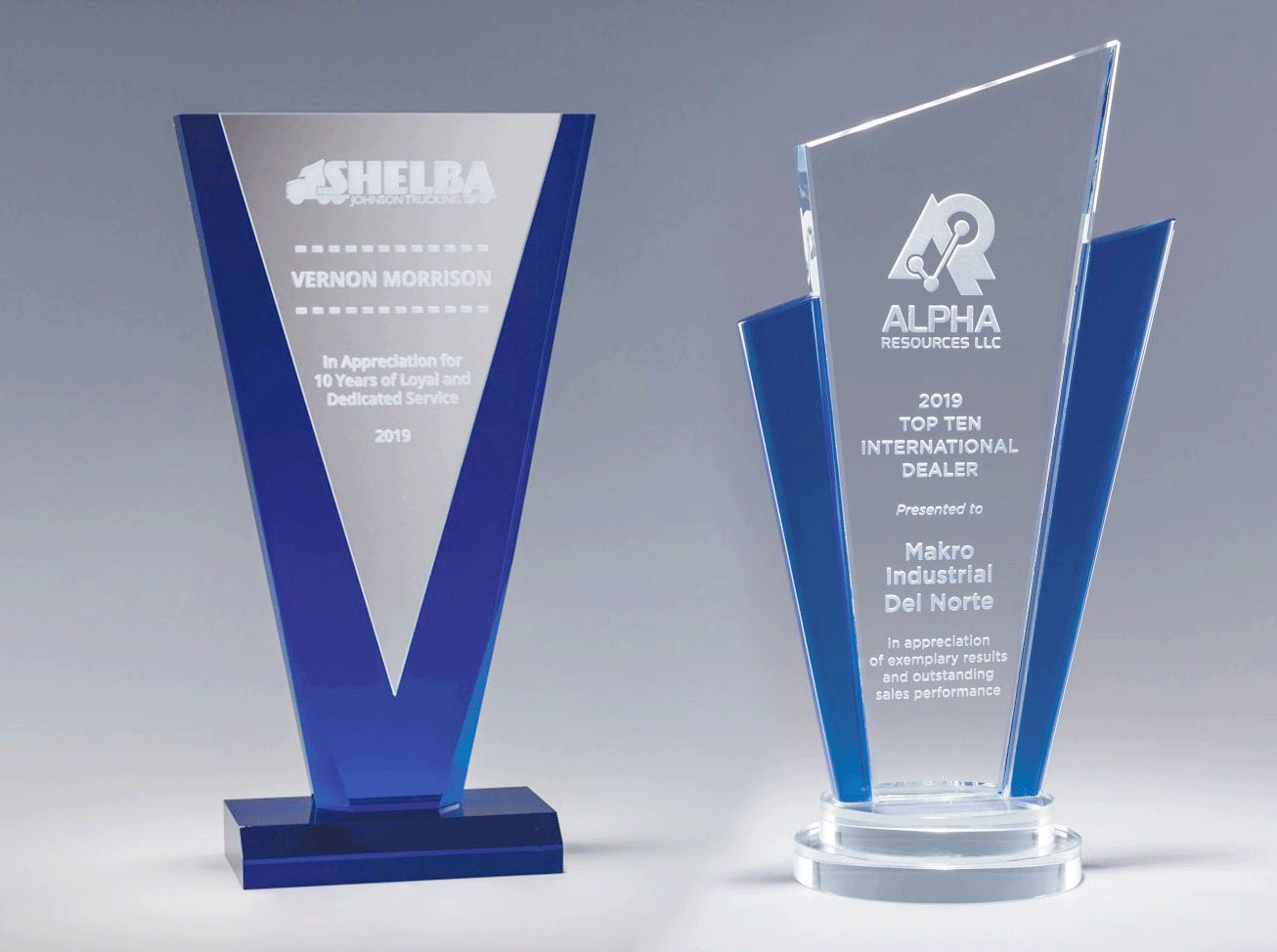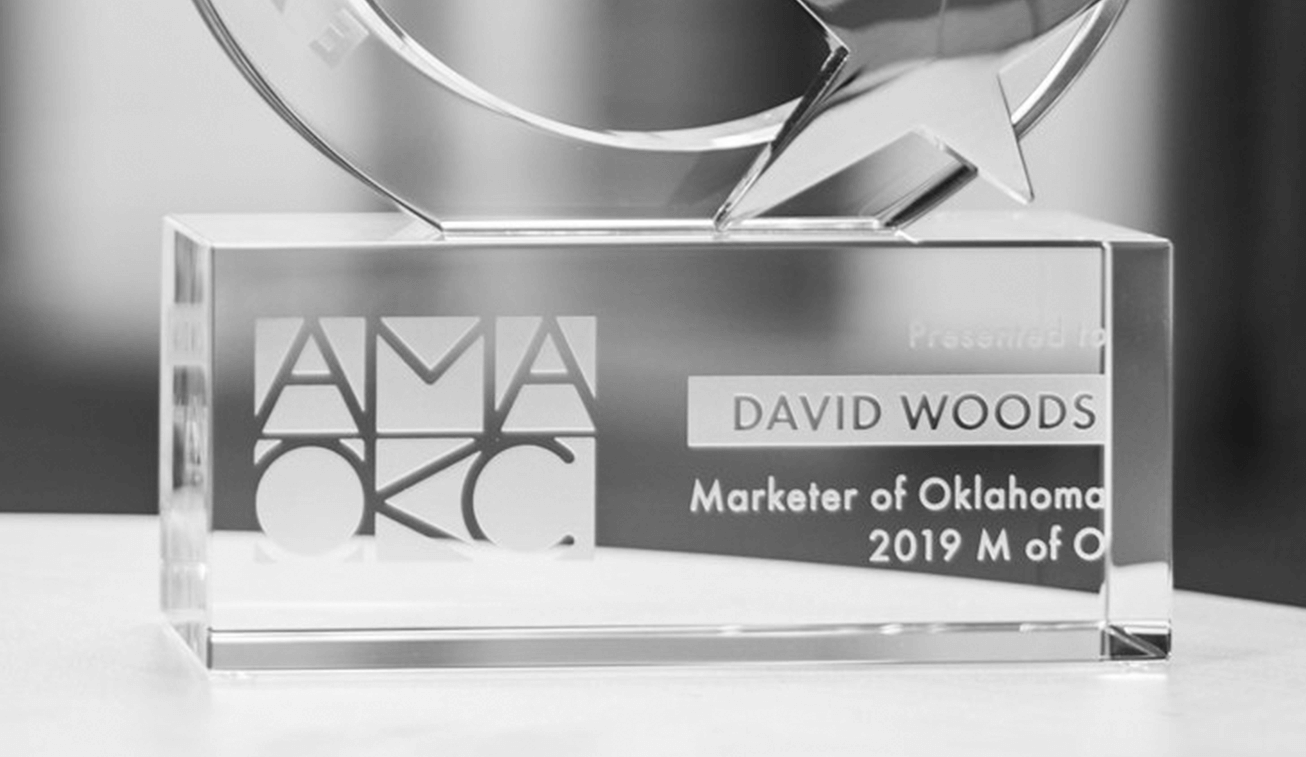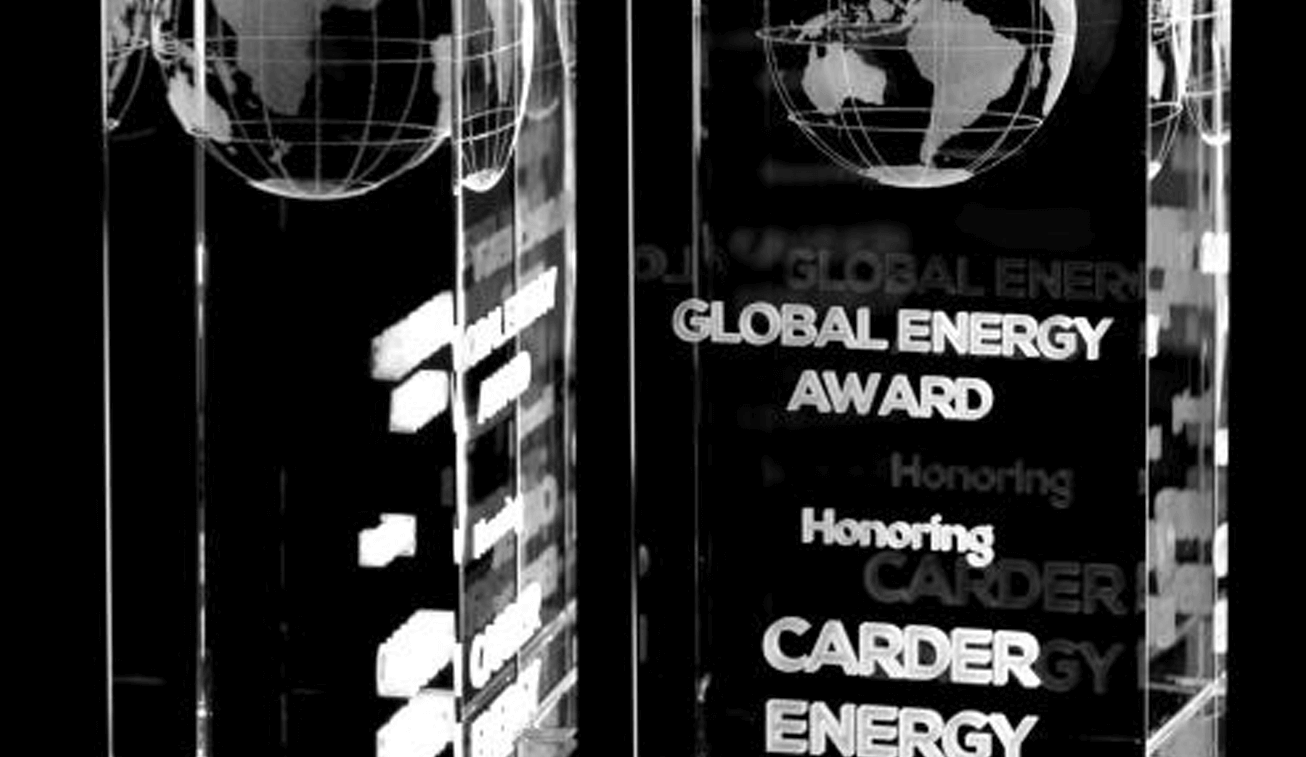Laser Etching vs Engraving with the Sandblaster: Which is Best for Your Award?
When you are thinking about etching vs engraving for your chosen awards offered at custom-awardsFine Awards, you may feel unsure about which process is best for your situation. Should you choose sandblasting or laser etching?
When you're shopping around for custom awards, you'll be given the option of either sandblasting or laser engraving text and logos onto the award piece of your choice, but you might not know the difference between them. The two engraving methods are distinct and can give your awards a certain look that couldn't be achieved with other means.
The following article will go into detail about these two methods in order to give you a better understanding of what to choose when it's time to buy.

Employee retention is one of the most important employee-employer aspects that companies should focus on. Having high employee retention within your company signifies that there's a healthy environment for your employees to work in and progress with their careers.
There are many things that you, the employer, can do to decrease your company's employee turnover or the replacement of terminated or resigning employees. One of the most effective ways of doing this is by using employee recognition tactics such as awards to maintain a healthy working environment.
START DESIGNING YOUR CUSTOM AWARDS NOW!

Sandblast Engraving
Sandblasting is the most common method of engraving etching used in the trophy shop industry today. This process is used on crystal, glass, acrylic, metal surfaces, and on other hard materials used to make awards. Sandblasting is used to precisely engrave text, logos, and graphics to make the award more outstanding.
The sandblasting process sounds exactly as its title implies. The rough and abrasive material is propelled at high velocities with air hoses. The rough material cuts at the award's surface where the stencil outline has been placed, leaving the design finely engraved.
The plaques and awards are wrapped in a thin green film called photoresist film; only the areas that are going to be engraved are left exposed.
When the sandblasting begins, you must hold the hose close to the areas that are being etched to get the most precise engraving possible. The further away from the exposed area the hose is, the more the sand spreads, smudging the stencil's design instead of refining it.
Why Use A Sandblaster?
Sandblasting uses precision to engraving text and graphics onto corporate recognition awards, because of this precision, the engravings will be clean and detailed. As mentioned above, this method is widely used by trophy shops because of its accuracy to etch images. This process works best on glass and crystal awards rather than other materials.
This method has been used to engrave for more than a century now, and since that time, its methods and techniques have been improved to enhanced air-propelled sand or particles to better engrave surfaces. It has become an art form with a unique process of etching, different from the others.

Laser Engraving
Laser etching technology has taken the traditional etching and engraving practice and blown it into the modern era. Choosing laser engraving for your plaques and awards can add an edge that can only be accomplished with a laser etching tool. Although not everyone employs this method, it's quickly become a household name in the trophy shop industry. This method also has a unique physical process of its own.
The desired image is uploaded to computer software which leads the laser engraving tool while it makes the pattern. The laser etching machine moves side to side, letting the laser etch the design onto the material.
As the light beams reach their designated area, the machine will make a small laser marking in the material. After this is done, the laser moves on to the following spot where it performs the same function, until the design on the computer is complete, and the laser engraving is finished.
If you're not particularly interested in glass or crystal, laser etching has proven more effective on wood and acrylic. When etching and engraving on glass and crystal, shards are left behind on the surface; this doesn't to wood, acrylic, and metal.
DESIGN YOUR 3D LASER ENGRAVED AWARDS NOW!
WHY USE THE LASER ENGRAVING PROCESS?
There are many benefits to why you'd want to use laser engraving over sandblasting, chemical etching or 2D engravings techniques.
For one, laser engraving is faster to use, so you can get many awards engraved in less time than it would with other etching methods. There's also less manual labor needed to engrave with a laser, which adds to the speediness of producing awards.
If you're a person that likes color, more steps will be needed to add hues to the award piece if you're using these two methods. You can either use color fill, in other words, spray or hand painting the engraved area, or UV color printing. This process works best when adding graphics and gradients to plaques and awards.
We Ensure the Best Engraving Technique is Used
Now, if you're unsure about using sandblasters or laser engravers, you'd happy to know that there's a middle ground. Both etching and engraving can achieve the same engraving depth as one another.
When it comes down to personalizing recognition awards, there are many different avenues you can take to ensure they're designed and etched properly.
Here at FineAwards.com, we specialize in custom awards and other unique pieces that are not found in all trophy shops. We use both sandblasting and laser etching and engraving techniques, but sandblasting is our specialty. We've got designers who are quick-draws with the sandblasting machine.
We use both methods because we want to be the very best trophy shop on the market. If you want to increase employee retention and reward your associates with something unique, we have the means of doing so because we know how important a little recognition can mean to a hardworking employee.
 FREE Shipping* on all orders over $400
FREE Shipping* on all orders over $400



